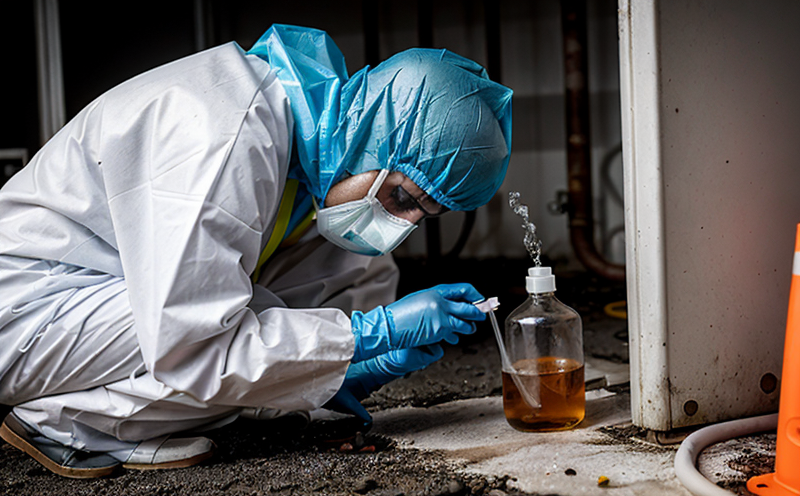ISO 10701 Determination of Carbon in Sintered Powders
The ISO 10701 standard provides a robust methodology for determining the carbon content in sintered powders, which is crucial for ensuring product quality and compliance. This service is particularly important for industries such as aerospace, automotive, and medical devices, where precision in material composition can significantly impact performance and safety.
Carbon content plays a pivotal role in the properties of sintered materials, including hardness, wear resistance, and mechanical strength. Any deviation from specified carbon levels could compromise product integrity and lead to operational failures or even hazardous situations. Therefore, accurate measurement is essential for quality control and regulatory compliance.
The ISO 10701 procedure involves the combustion of a known mass of the sintered powder sample in an oxygen atmosphere at controlled conditions. The resulting gaseous products are collected and analyzed to quantify the carbon content based on the volume of CO2 generated during combustion. This method ensures precise and reliable results, making it suitable for various applications.
The first step in this process is thorough specimen preparation, which includes sieving the powder to a consistent particle size range. The appropriate sample mass must be weighed accurately before undergoing combustion. Proper handling and preparation are critical to ensure accurate test outcomes, as any contamination or variation in sample composition can lead to inaccurate readings.
After combustion, the CO2 gas is collected using an efficient sampling system that minimizes loss of gaseous products. The volume of CO2 generated is then measured accurately with a gas analysis device capable of detecting low concentrations. This precise measurement allows for accurate carbon content determination according to ISO 10701.
The accuracy and precision of this method have been validated through extensive interlaboratory studies, ensuring reliable results across different facilities. The standard's robustness makes it a trusted choice for industries requiring stringent quality control measures.
Understanding the carbon content in sintered powders is vital not only for product development but also for compliance with international standards and customer specifications. This service supports continuous improvement by providing actionable insights into material composition, which can lead to enhanced product performance and reliability.
Scope and Methodology
| Step | Description |
|---|---|
| 1. Sample Preparation | Sieving the powder to a consistent particle size range, weighing the appropriate sample mass accurately. |
| 2. Combustion | Combusting the weighed sample in an oxygen atmosphere at controlled conditions. |
| 3. CO2 Collection | Capturing and measuring the volume of CO2 generated from combustion. |
| 4. Calculation | Determining carbon content based on the measured volume of CO2 according to ISO 10701. |
Environmental and Sustainability Contributions
- Sustains compliance with international standards for additive manufacturing and 3D printing.
- Supports the development of high-performance, reliable products that minimize environmental impact.
- Facilitates continuous improvement in material composition to enhance product performance while reducing waste.
This service contributes positively to sustainability efforts by ensuring that additive manufacturing processes adhere to stringent quality standards. By providing accurate and consistent carbon content measurements, we help manufacturers design products with optimal material properties, thereby reducing the need for excessive raw materials and energy consumption.
Competitive Advantage and Market Impact
- Ensures compliance with ISO standards, enhancing product reliability and trustworthiness.
- Provides actionable insights into material composition for continuous process improvement.
- Supports the development of innovative materials that meet stringent industry requirements.
This service offers a significant competitive edge by ensuring that products comply with international standards and customer specifications. By providing accurate carbon content measurements, we help manufacturers develop reliable, high-quality products that can withstand rigorous performance demands. This capability not only enhances product reliability but also fosters trust among customers, ultimately driving market success.





